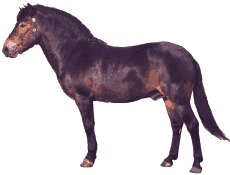1931 (WEDNESDAY)
CHINA: The Government appeals for the establishment of a neutral zone between Japanese and Chinese forces. The Japanese are advancing on Chinchow.
UNITED STATES: Secretary of State Henry Stimson approves the idea of a neutral commission for Manchuria "to support the League of Nations Council action."
1935 (MONDAY)
CHINA: The failure of the Japanese to establish an autonomous North China leads the Japanese government to create an East Hopei Autonomous Council to govern Japanese-occupied north China (between T'ungchou, outside Peinping, and the Yellow Sea). The Japanese are able to openly smuggle goods wholesale into China through this autonomous region, including narcotics from the world market. This policy is met by student demonstrations in Peiping against Japanese imperialism.
1936 (WEDNESDAY)
GERMANY: The German-Japanese Anti-Comintern pact is signed. The two countries state that they recognize "that the aim of the Communist International, known as the Comintern, is to disintegrate and subdue existing States by all the means at its command; convinced that the toleration of interference by the Communist International in the internal affairs of the nations not only endangers their internal peace and social well-being, but is also a menace to the peace of the world; desirous of co-operating in the defense against Communist subversive activities; . . ." This agreement further drove the Soviets to seek support from the democratic states to avoid political isolation.
November 25th, 1939 (SATURDAY)
UNITED KINGDOM: Chamberlain makes his first broadcast of the war, saying that Britain knows the secret of the magnetic mine. Extra.
Extra.RAF Fighter Command: Reports a raid over the North Sea by an unknown number of enemy aircraft against British warships. There are no casualties.
In the North Sea, the 14,294 ton Polish passenger liner MS Pilsudski strikes a mine laid by German destroyers and sinks near the mouth of the River Humber which runs between Yorkshire and Lincolnshire, England. The ship is on charter to the Royal Navy and is en route from the River Tyne, Northumberland, England, to Australia. The captain and nine crewman are lost. (Dave Shirlaw & Tom Hickcox)
ATLANTIC OCEAN:
U-28 sank SS Royston Grange in Convoy SL-8B.
U-43 sank SS Uskmouth.